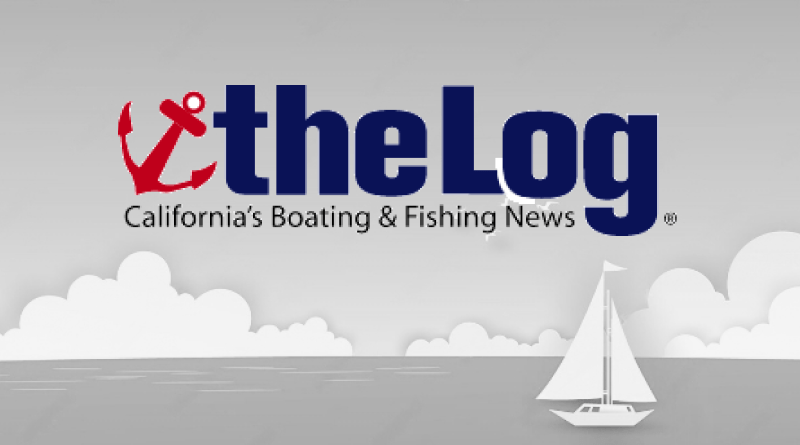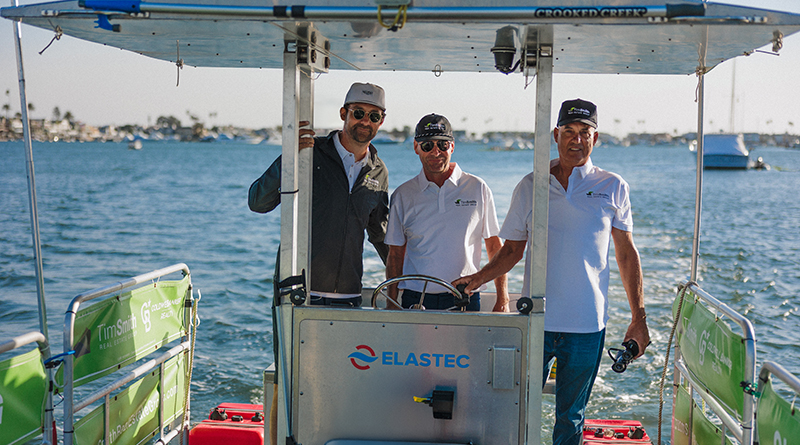 I was recently a passenger aboard my brother in-law’s motoryacht during a pleasure trip to Catalina when we had a close encounter with a merchant ship. We were in fairly thick fog and we were steering a compass course from the flying bridge helm station when we heard a loud series of blasts from a ship’s horn that was obviously very close. My brother-in-law ran down to the lower helm station to look at the radar, and he was able to make a hard right turn to keep us out of trouble. In hindsight I felt he did a number of things wrong, including his failure to look at the radar or monitor the VHF radio, but the biggest problem was, in my opinion, we were in an established shipping lane in a time of limited visibility. If there had been a collision would he have been responsible?
I was recently a passenger aboard my brother in-law’s motoryacht during a pleasure trip to Catalina when we had a close encounter with a merchant ship. We were in fairly thick fog and we were steering a compass course from the flying bridge helm station when we heard a loud series of blasts from a ship’s horn that was obviously very close. My brother-in-law ran down to the lower helm station to look at the radar, and he was able to make a hard right turn to keep us out of trouble. In hindsight I felt he did a number of things wrong, including his failure to look at the radar or monitor the VHF radio, but the biggest problem was, in my opinion, we were in an established shipping lane in a time of limited visibility. If there had been a collision would he have been responsible?
Our reader is interested in whether the use of shipping lanes by a pleasure boat, or the failure to monitor radar or a VHF radio, could lead to a finding of fault in a collision. We will address those issues, but we should note the Navigation Rules (commonly referred to as the Rules of the Road) are not followed by vessel operators, or evaluated by courts, in a vacuum. All of the circumstances existing at the time must be considered, including visibility, weather, sea state, and the number, type, course and speed of vessels involved in the incident and other vessels in the immediate area at the time of the incident.
The most important thing to know about collisions at sea is that they are almost never deemed to be the responsibility of one party. This is in large part due to the application of Navigation Rule 5, which requires all boats to maintain a good lookout at all times, and Rules 2 and 8, which require all vessels to take steps to avoid collision even if they have the right of way in an encounter.
Since the burden for safety at sea is shared by all mariners, liability for damage caused by a collision at sea is attributed between various parties under a concept known as “comparative fault.” Under this system, each party will be required to bear some percentage of the total loss, based upon the percentage of fault allocated to them. The circumstances vary considerably from case to case, and the outcome will depend upon what the expert witnesses have to say about the actions of the parties. This is the umbrella under which all cases like this will be evaluated. With that in mind, we can look at our reader’s concerns.
“Shipping lanes” exist at the approaches to major bluewater ports and are clearly marked on nautical charts. Recreational vessels are not prohibited from entering a shipping lane. They are, however, required under Rule 10 of the Navigation Rules to exit them as quickly as possible and to cross them at as near as possible to a right angle. The yacht described by our reader would have been in violation of this rule if it was just loitering around or fishing — but assuming they were cruising through the lane on their way to Catalina, they would have been OK.
The reader correctly notes that proper form of communication between vessels in sight of each other would is by VHF radio. Initial contact is established on channels 13, 16, or under some circumstances Channel 70, depending on the circumstances and the equipment aboard the vessel. However, use and monitoring of VHF radio by vessels less than 20 meters in length (around 65 feet) is not required. Even if the yacht were larger than 65 feet in length, the failure to monitor the radio (whether due to the device being broken or another reason) would have been only one factor in evaluating liability for the incident under the comparative fault system.
Similarly, radar is not required on vessels less than 1,600 gross tons (which roughly translates to something the size of a large offshore oil supply vessel). However, pursuant to Navigation Rule 7, if a boat does have radar aboard, the crew must use it to avoid collision. In the incident described by our reader, the boat operator’s failure to use his radar would almost certainly have been deemed a factor in allocating fault between the two vessels.
Investigations into the cause of a collision may be conducted by insurance companies, the Coast Guard or another regulatory agency, or by expert witnesses in a lawsuit. Insurance investigators and expert litigation witnesses are, of course, unable to issue a citation to a boat operator who has violated a navigation rule. They can, however, determine that, in their opinion, a violation of the rules occurred, and that opinion may be used in litigation.
These types of violations don’t immediately lead to a conclusion of fault on the part of one party or another. Instead, the party who committed the violation must show how the violation could not have been a cause of the incident. And, even if they are not able to make such a showing, this would establish only a component of comparative fault. It would not render that party wholly at fault unless it was shown that the other side bore no responsibility at all.
Operating a vessel requires attention to numerous factors, and inattention to any one of those factors may lead to a collision. The allocation of fault in a collision is a complex endeavor that almost always requires the assistance of experienced experts, who are able to weigh all of the factors that may have contributed to the incident.
David Weil is licensed to practice law in the state of California and as such, some of the information provided in this column may not be applicable in a jurisdiction outside of California. Please note also that no two legal situations are alike, and it is impossible to provide accurate legal advice without knowing all the facts of a particular situation. Therefore, the information provided in this column should not be regarded as individual legal advice, and readers should not act upon this information without seeking the opinion of an attorney in their home state.
David Weil is the managing attorney at Weil & Associates (weilmaritime.com) in Long Beach. He is an adjunct professor of Admiralty Law at Loyola University Law School, a member of the Maritime Law Association of the United States and is former legal counsel to the California Yacht Brokers Association. If you have a maritime law question for Weil, he can be contacted at 562-438-8149 or at [email protected].
Ask your question online at thelog.com.







